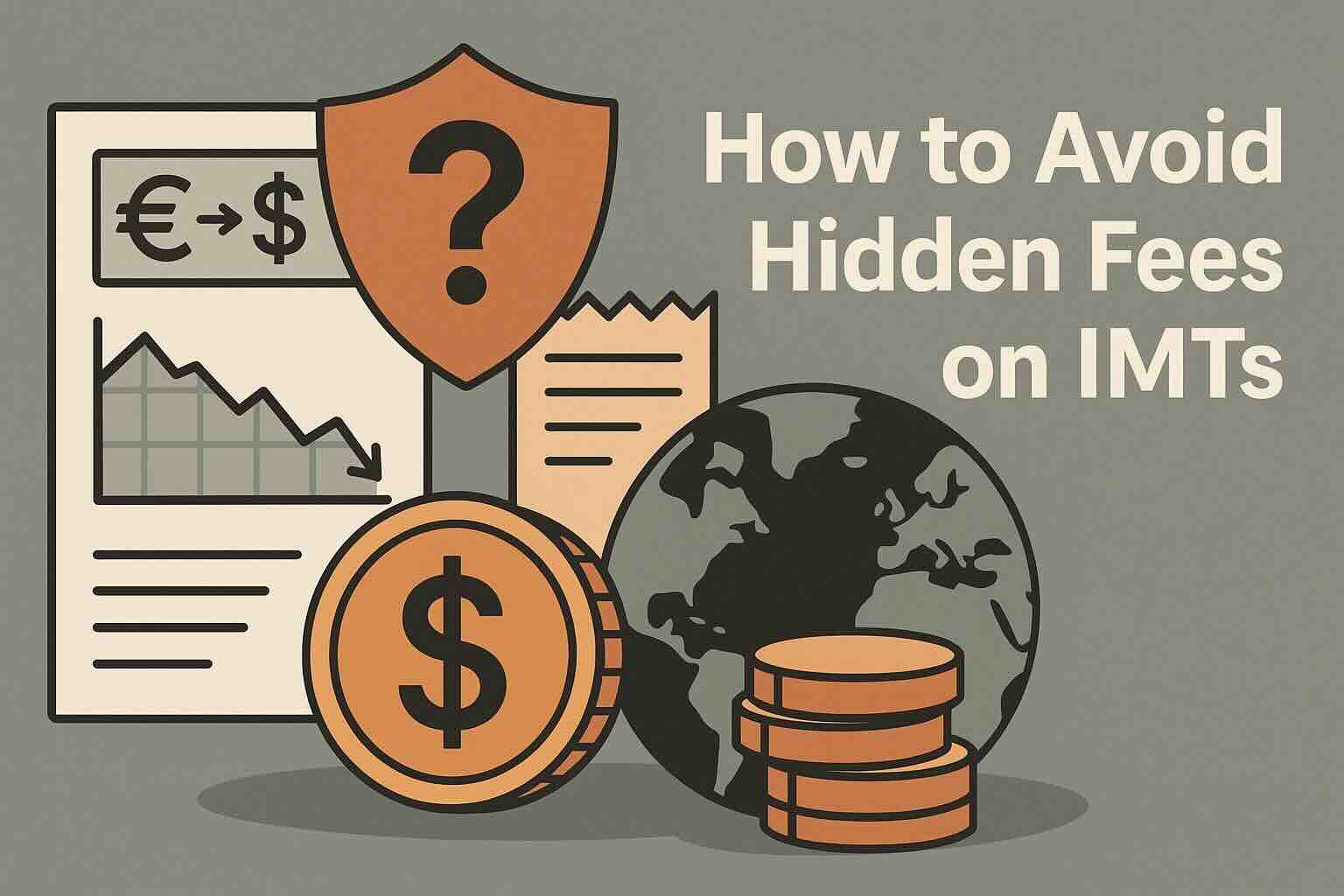How to Avoid Hidden Fees on International Money Transfers
When sending money abroad, hidden costs can add up fast. This guide explains the three main fees in foreign transfers—exchange rate margins, provider fees, and bank charges—and shows how to avoid them. Use our tools to compare providers and save up to 5% or more on your next international payment.

Understanding Foreign Transfer Exchange Rates & Fees
When you send money overseas, the amount your recipient gets can be quite different from what you expect—and that’s because of hidden costs. These typically fall into three main categories:
1. Exchange Rate Margins
2. Provider Fees
3. Bank Fees
Let’s break these down so you know where your money is really going—and how to avoid overpaying.
⸻
🔁 Exchange Rate Margins: The Hidden Cost
The exchange rate you see on the news or Google—known as the interbank rate—is not what most people get. It’s the rate banks and currency traders use when dealing in large volumes.
When you transfer money through a bank, you’ll likely get a much worse rate. That’s because banks often:
• Fix their rates once a day
• Add a margin of 4–6% or more
• Build in extra “padding” to protect themselves from currency swings
This margin can easily cost you hundreds of dollars on a large transfer.
At BestExchangeRates, our Foreign Transfer Cost Calculator helps you see exactly how much you’re being charged above the real rate. We show the margin as a percentage, and you can choose to see:
• The full cost (including fees), or
• Just the exchange rate margin
💡 Pro tip: Using one of our recommended providers can often save you 5% or more compared to your bank.
⸻
💸 Provider Fees: Flat or Percentage-Based
Money transfer companies may charge a fixed fee or a percentage of the amount sent—and this varies by provider, destination, and amount.
Some charge nothing for smaller amounts, while others reduce fees above certain thresholds. Our calculator factors in these fee models so you can quickly compare and choose the cheapest option for your specific needs.
⸻
🏦 Bank Fees: The Sneaky Extras
Even if you use a non-bank provider, banks may still take a cut. Here are some common hidden bank charges:
• Correspondent bank fees
These are fees taken by intermediary banks involved in the transfer chain. You don’t always know how many are involved—or what they’ll charge.
• Receiving (landing) fees
The recipient’s bank may deduct a fee from the incoming payment. These are not standardized and can be surprisingly high.
• Repair charges
If there’s an error in the recipient’s details (like a wrong BIC or SWIFT code), the bank may charge to correct it—often $30 or more.
• Returned funds fees
If a transfer is rejected or recalled, you’ll be charged again—sometimes over $30 just to return the money.
⸻
✅ How to Avoid These Costs
You can skip the inflated exchange rates and most hidden bank fees by using a specialist money transfer provider from our comparison table.
These providers use efficient payment networks and partner banks to minimize or eliminate unnecessary charges. And with our tools, it’s easy to see:
• The real rate you’re getting
• All fees upfront
• How much your recipient will actually receive
⸻
💡 Tip: Enter your transfer details and click “Compare” to see the best providers for your needs.
Disclaimer: Please note any provider recommendations, currency forecasts or any opinions of our authors should not be taken as a reference to buy or sell any financial product.
